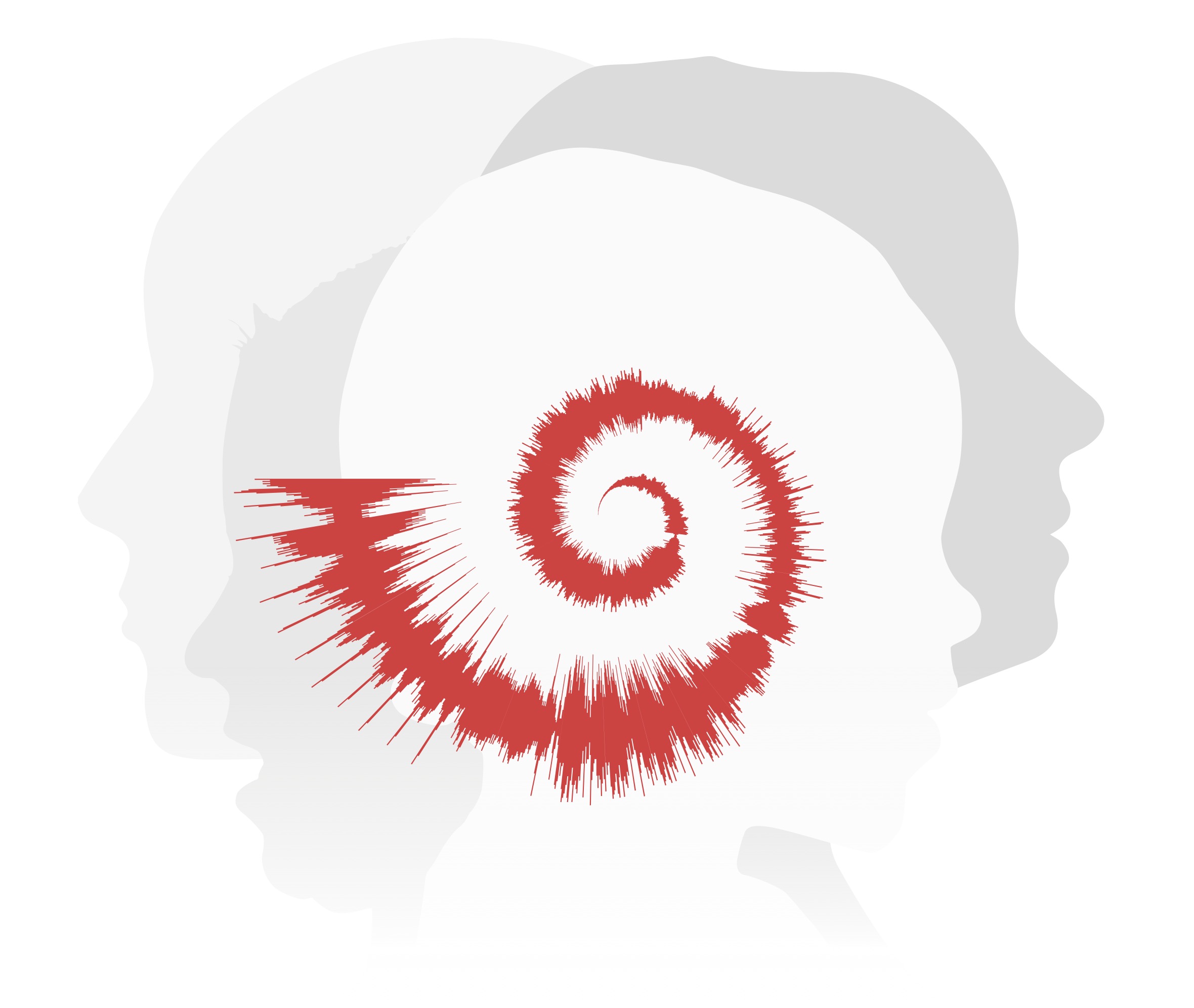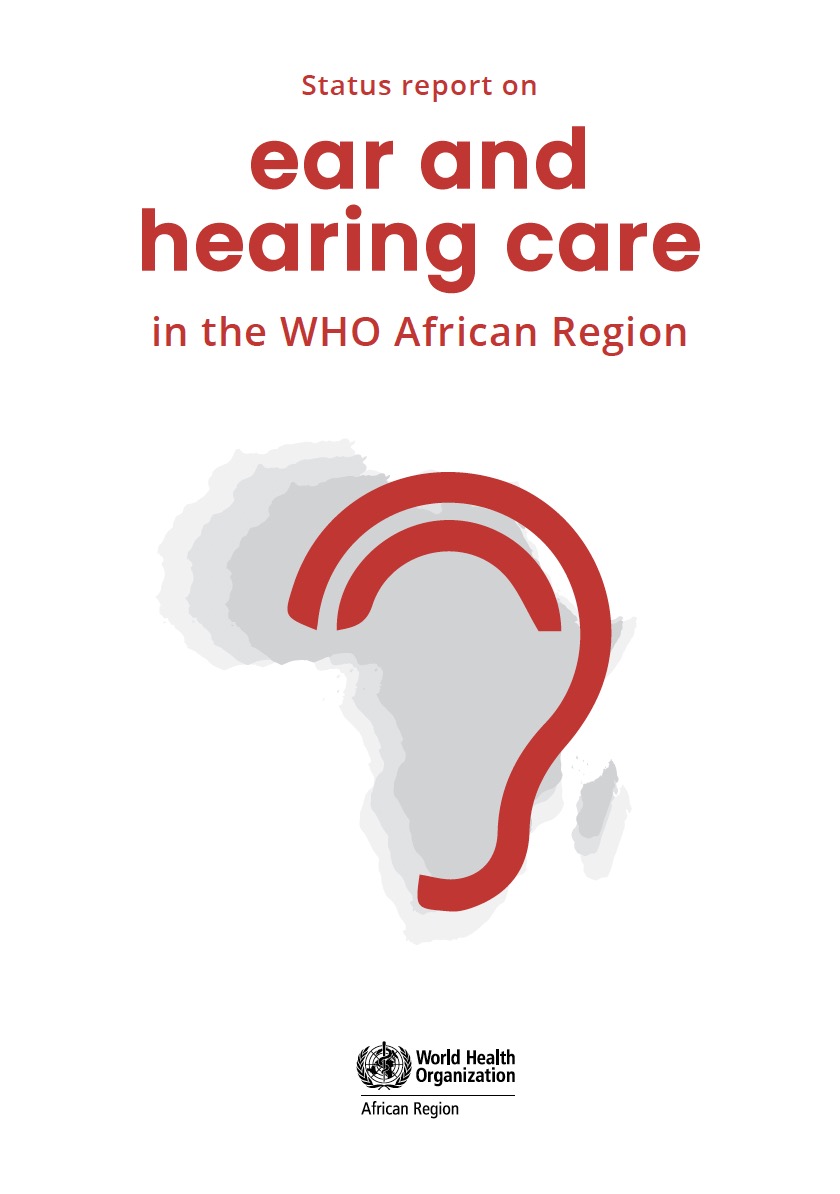Launch of the status report of ear and hearing care in the WHO African region
Launch of the status report
on ear and hearing care
in the WHO African region
Let’s make ear and hearing care a reality for all!
#hearingcare
7 October 2024, 11:00-12:30 EST, Hybrid (virtual and in-person)
“As far back as my memory can take me, I always had runny ears. My mother told me that I sucked so much breastmilk as a baby. I never sought treatment for this because it is normal. I know many people like me. The reason I came today is because I have this painful swelling at the back of my ear and my hearing has really gotten bad over the last few weeks”. – 28 year old male primary school teacher
Overview


Status report on ear and hearing care in the WHO African Region
The World Health Organization (WHO) reports that over 430 million people globally live with disabling hearing loss and that by 2050 over 700 million people will have this condition. Africa alone has about 40 million people with hearing loss, a prevalence of 3.6%.
It is projected that 54 million people in Africa will have disabling hearing loss by 2030, and this will increase to 97 million people by 2050. Failure to address hearing loss costs African economies US$ 27.1 billion dollars annually. Acknowledging the rapid increase in the number of people with hearing loss, the 70th World Health Assembly adopted resolution WHA70.13 that calls for concerted global public health action in a bid to prevent hearing loss and ensure rehabilitation of those affected. A major action was the publication of the World report on hearing, which highlights the H.E.A.R.I.N.G. package of EHC interventions to address hearing loss. The nterventions in the package are hearing screening and intervention, ear disease prevention and management, access to technologies, rehabilitation services, improved communication, noise reduction and greater community engagement. To be well placed to address hearing loss in Africa, WHO conducted a situation analysis on EHC.
This situation analysis report outlines the status of EHC and health system capacity with respect to the H.E.A.R.I.N.G interventions and provides specific country profiles.
Download the report


